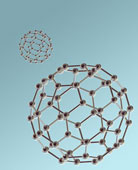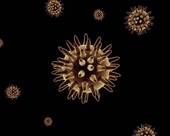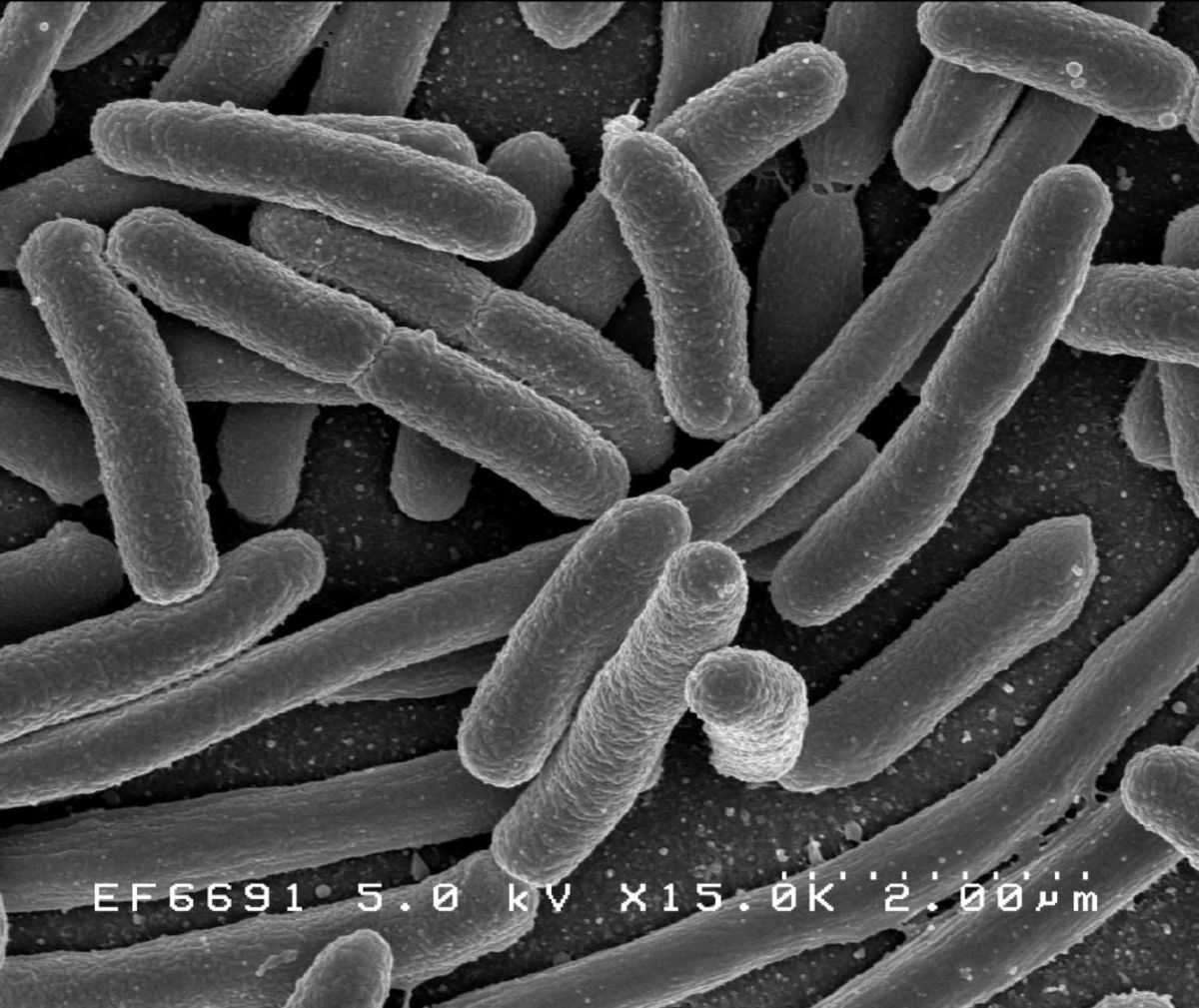Nano Technology is a Bigger Field Than You Might Think



How could something so small be such a big Deal?
Did you know that nano-materials can be found in tennis racquets, water shorts, foot powder, sunscreen and over 580 other consumer products? Well-known brands like Samsung, Chanel, Black & Decker, L.L. Bean, Lancome and L'Oreal are just a few of the companies doing nanotechnology research. "The use of nanotechnology and nano-materials in consumer products and industrial applications is growing rapidly, and the products listed in the inventory are just the tip of the iceberg," said Andrew Maynard, a science advisor for the Project on Emerging Nanotechnologies. "How consumers respond to these early products--in food, electronics, health care, clothing and cars--will be a bellwether for broader market acceptance of nanotechnologies in the future." As it turns out, most consumers know little to nothing about nanoscience and there is some concern that products are being produced at a rapid pace, without enough oversight.
A recent report ("A Hard Pill To Swallow: Barriers to Effective FDA Regulation of Nanotechnology-Based Dietary Supplements") details some of the current problems with FDA oversights and nanotechnology research. "Historically, the regulation of dietary supplements has been a significant challenge for the FDA, and the fact that some of those products are now being manufactured using nanotechnology creates an additional layer of complexity," explains former FDA official William B. Schultz. There is some fear among researchers that nano-materials, being so small, may have the ability to migrate into the bloodstream and directly into a cell's nucleus. "It is not clear that the supplement industry is conducting the rigorous testing needed either to understand the effects of nanoscale ingredients in its products or to back up the product claims. This means that consumers are potentially exposed to unknown risks that should be balanced with the possible benefits of taking these supplements," says David Rejeski, PEN's director.
So what does the Food and Drug Administration say about nanotechnology applications? "In light of this fast-rising commercialization, the FDA needs to make certain that it has the tools, resources and information necessary to ensure the safety of novel products before they enter the market, and to detect and move swiftly to correct any problems that may arise," says David Rejeski, director of nanotechnology research for the Project on Emerging Nanotechnologies (PEN). "Given the agency's insufficient resources, which for two decades have not kept pace with inflation, making sure that the FDA has the capacity to safely manage nanotechnology must be the shared responsibility of Congress and our political leaders. The agency must be 'nano-ready' for the products on the market today and able to deal with the more advanced nanotechnology applications expected in the next 5-10 years."
Nano-materials are being engineered to have special qualities and functions that can be used in a variety of products, from sunscreens and clothing to medicines and supplements. However, because these particles are so small, they may pose rare toxicity risks. For instance, some nanotechnology research revealed that nano-materials can migrate to the lungs, penetrate the immune system, or sneak inside a cell's nucleus, which could possibly interfere with bodily processes. In March 2009, Lloyd's of London analyst Darragh Gray compared the financial meltdown to the nanotechnology risks, writing: "When you think that part of the reason behind the turmoil in our financial markets was the blithe acceptance of complex products that many didn't understand, the importance of getting to grips with and quantifying complex sources of risk has never been more obvious."









